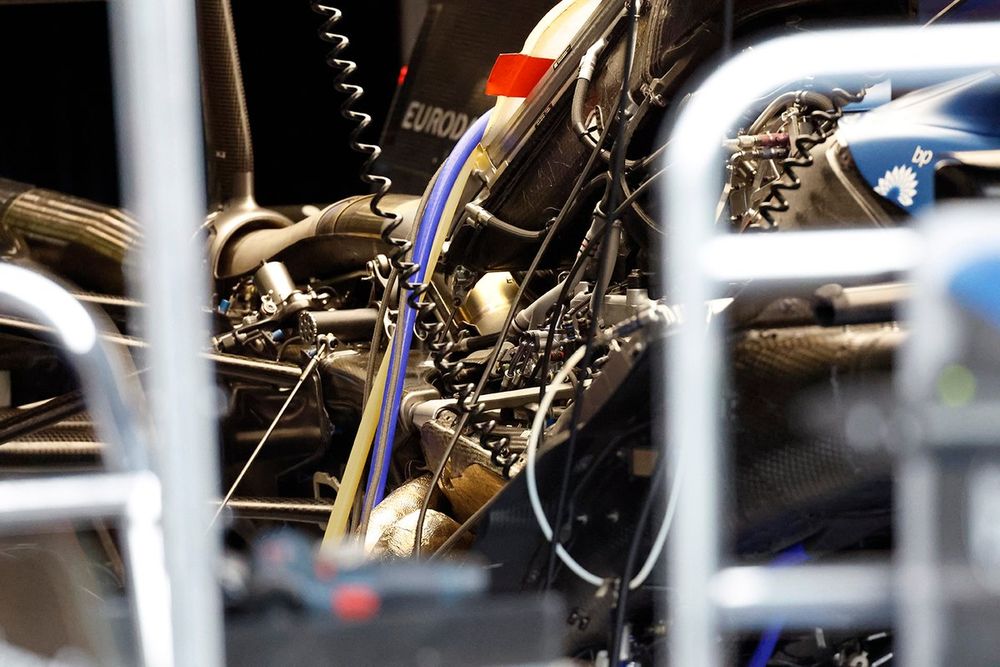
The decision was made at today’s F1 Commission meeting at Spa where the FIA, the F1 organisation and the teams talked through a number of key issues.
Tyre blankets were one of the main items on the agenda. The 2024 rules specify that they are used, and it would have taken a vote and agreement for that to change.
However, as previously reported, the consensus is that while the prototypes demonstrated that they get up to temperature within a few corners of leaving the pits at test venues like Bahrain, Barcelona and Silverstone, teams wanted to see them in action at a wider range of tracks and learn more about how they behave during a transition from intermediates on a damp track.
It has been agreed to revisit the issue ahead of 2025. The complication is that the same season sees the start of a new tyre tender deal, and it’s yet to be confirmed whether it will go to incumbent Pirelli or the returning Bridgestone.
However, it was agreed to introduce blanket-free intermediates in 2024, with wets having already been in use since this year’s Monaco GP.
Another key subject of discussion was PU equalisation, which revolved around a request from Alpine for its Renault engine to be allowed more development in an attempt to close the gap with rivals.
There was reportedly some sympathy for the French manufacturer, but no agreement was reached, and the matter will be discussed further by the power unit advisory committee.

There was reportedly some sympathy for the French manufacturer, and it was agreed that the matter will be discussed further by the power unit advisory committee.
Explaining how the discussion went the FIA noted: "At the start of this regulations cycle it was agreed with the power unit manufacturers that there would be a possibility for adjustment of PU performance from 2023 onwards in order to avoid a significant performance difference being locked in for an extended period.
“The FIA has been analysing the PU performance of the cars during the first half of 2023, and concluded that there is one such notable performance gap between competitors.
"On the basis of the commitment of the PU manufacturers, and of the performance differences reported above, the F1 commission discussed ways to remedy this discrepancy.
The PU manufacturers represented at the commission agreed to give a mandate to the power unit advisory committee to consider this topic and bring proposals back to the commission.”
The subject of extending the capital expenditure allowance under the cost cap in order to help Williams and others improve their factory infrastructure with extra investment was also discussed, although again no agreement was reached. The matter was referred to the financial advisory committee for further debate.
Looking ahead to 2026 there was further discussion of how to reduce the size and weight of the cars for the next package of rule changes, with talks to continue at the technical advisory committee.
There was also a conversation about standing starts in the wake of the issues seen at the Australian GP earlier this year.
It was agreed not to change the regulations and leave the call in the hands of the FIA race director rather than have no standing restarts after a set percentage of the race distance.
In one final piece of housekeeping, next year’s pre-season testing in Bahrain was confirmed for February 21-23.







